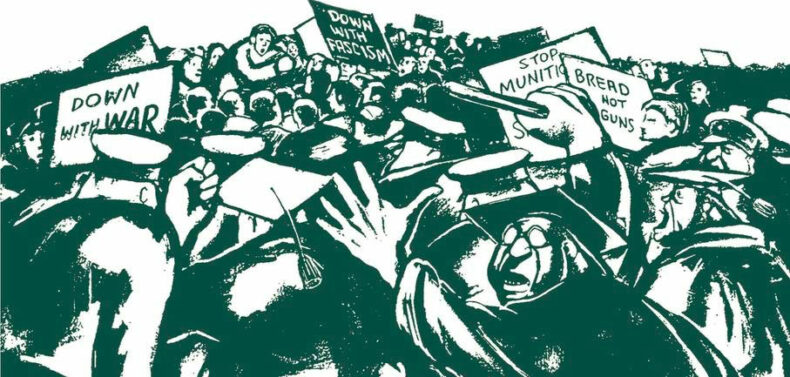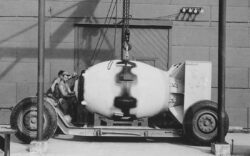Millions of students are returning to America’s schools, colleges and universities as summer fades into autumn. History is a subject that should be taught to students in this nation’s educational institutions, but so much of the real history of America is ignored, marginalized or forgotten today, and students are shortchanged in the classroom.
There was a time when students themselves were a formidable political force in the United States. College students by the thousands marched on the streets and campuses of an America that was reeling from economic uncertainty, racial injustice and threats of world war. A president who had raised hopes for change told students “not to seek utopia overnight.” College administrators reported student protest leaders to the FBI and local police.
The time was the 1930s—the Depression era of President Franklin Roosevelt’s New Deal programs that sought to rescue this nation from its economic doldrums. Student-led protests became widespread across America in the 1960s, during the movements for civil rights and against the Vietnam War, but students in the 1930s started the first mass movement on the campuses of elite universities that had been strongholds of young white Republicans during the hard-partying 1920s.
In his book When the Old Left was Young: Student Radicals and America’s First Mass Student Movement, 1929-1941, writer Robert Cohen said that dissident students of the time were concerned with both foreign and domestic issues, linking the hard times of the Depression with racial segregation at home and the rise of fascism abroad. The 1930s student movement, wrote Cohen, “encouraged students to identify with the working class rather than the upper class, to value racial and ethnic diversity instead of exclusivity, and to work for progressive social change.” Activists from the storied 1960s and today’s student progressives all owe a debt to the prescient and pioneering struggles waged by their protesting predecessors in the 1930s.

Though such early campus protests across America are mostly forgotten today, they influenced the later activists of the still-remembered and still-celebrated 1960s. In his autobiography From Yale to Jail, longtime activist Dave Dellinger described being a privileged student at Yale University in the 1930s while, outside the gates of the elite campus, victims of the Depression begged and sometimes died. He recalled with revulsion a fistfight with a football fan when the University of Georgia defeated the Yale football team, writing that the brawl in the early 1930s changed his heart and led him to a life of peace activism climaxing with his role as a defendant in the Chicago 7 show trial of antiwar activists in 1969.
In 1962, a seminal document called the Port Huron Statement was released. It was the founding manifesto of Students for a Democratic Society, and was a long but influential document mostly written by Tom Hayden, a young activist who would later become a co-defendant with Dellinger in the Chicago 7 trial. The Port Huron Statement called racial injustice and the possibility of nuclear war the two main dangers to America. It decried the “apathy” of students on American campuses who “are in withdrawal from public life, from any collective effort at directing their own affairs.”
Though much of its male-centered language is now dated, the Port Huron statement’s call for “participatory democracy” and a student movement in step with the labor and civil rights struggles still has resonance today. The statement mentioned nascent movements of the time, such as the sit-ins and Freedom Rides of 1960 and 1961, and it was a template for later student activism in the antiwar and women’s liberation movements as the 1960s ended.The U.S. environmental movement that entered the national consciousness during Earth Day observances in 1970 is absent from the Port Huron Statement, but author Rachel Carson took up the cause in her book Silent Spring, published in 1962 just weeks after the Port Huron Statement was written.
As today’s students return to campuses in an America ravaged by fear and political division, activism is needed now just as it was in 1962, when the Port Huron Statement said, “If we appear to seek the unattainable… then let it be known that we do so to avoid the unimaginable.”
Like what you just read? Support Flagpole by making a donation today. Every dollar you give helps fund our ongoing mission to provide Athens with quality, independent journalism.










